Croatia is packed with things to do, but perhaps its most attractive calling is nature. There are 11 Croatia nature parks waiting for you.

Croatia is bursting with things to see and do, but perhaps its most attractive feature are its natural treasures. There are 11 nature parks in Croatia, and each one of them has a protected status. I can’t think of a better time to head out and explore these parks than Spring in Croatia. The weather is slowly warming up, the flowers are in full bloom, and the days are longer.
Croatia’s nature parks are all open and waiting for you, full of wildlife, flora, and marine life. Let’s check them out one by one.
Don’t forget a decent pair of compact travel binoculars!
Skip Ahead To My Advice Here!
Nature Park Telascica
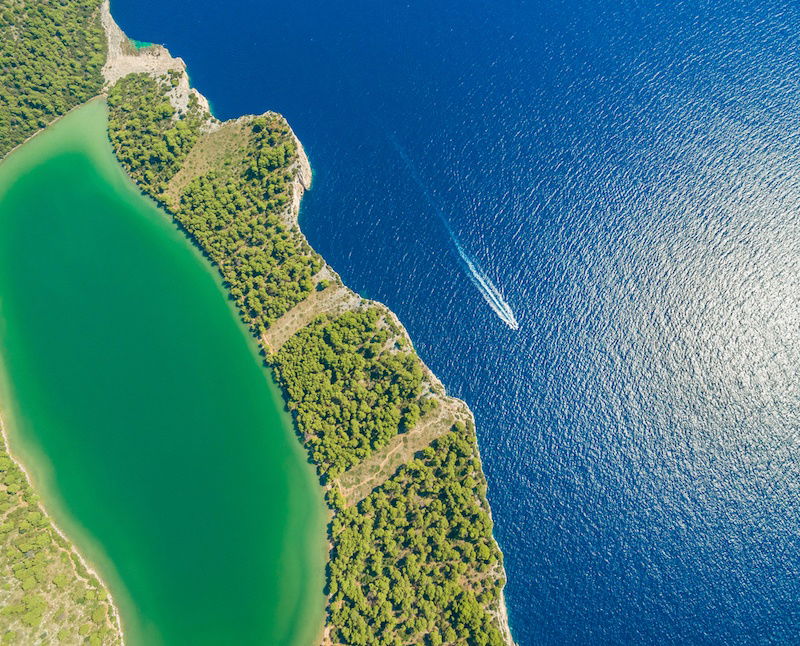
The stunning Telascica Nature Park is located in the southeast of Dugi Otok, a beautiful island in the Adriatic.
This is a hugely popular nature park with numerous day trips leaving Zadar. While there, you can take a walk and explore the huge cliffs and look out over the sea, take a swim in the crystal clear Telascica Bay, and visit the Slana Jezera (Salt Lake). Keep an eye out for the very curious resident donkeys.
Kopacki Rit Nature Park
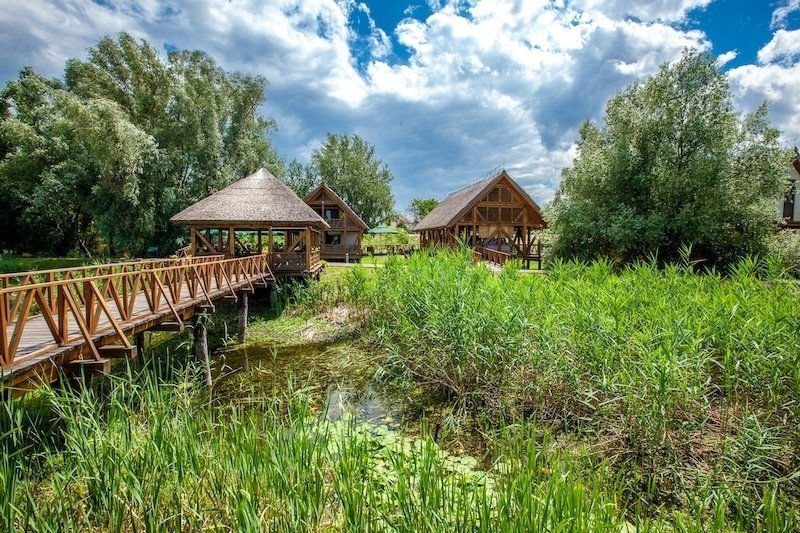
Kopački Rit is one of the most visited of all the nature parks in the country, and it is located in the east, in Bilje, on the Croatia-Serbia border. Kopački Rit is one of the largest and most important wetlands in Europe and a zoological reserve.
You can find around 260 different species of birds here, so it’s the ideal place for bird watching. This nature park is home to fish and mammals, as well as an array of beautiful flowers. It’s easy to get to Kopacki Rit, too, as it’s very close to Osijek.
There are many guided tours in the park, and you can choose your mode of transport, i.e., boat, horseback, bike, and on foot. This makes the park very easy to explore, and it’s also worth mentioning the great Pannonian Peace, and the Danube cycle routes both run through the park.
Papuk Nature Park

Papuk Nature Park has the largest mountain in eastern Croatia, and it is located not too far away from Pozega, making it easy to reach. This particular park has UNESCO status, and its largest peak reaches a whopping 953 meters above sea level.
Despite its easy access, Papuk Nature Park isn’t the most visited nature park in the country, but it’s certainly a hidden gem. The Nature Park is mountainous and spans into the Ravna Gora region. Keep your eyes peeled as Papuk Nature Park has many wildlife to spot for those with a keen eye.
Brands We Use And Trust
Medvednica Nature Park
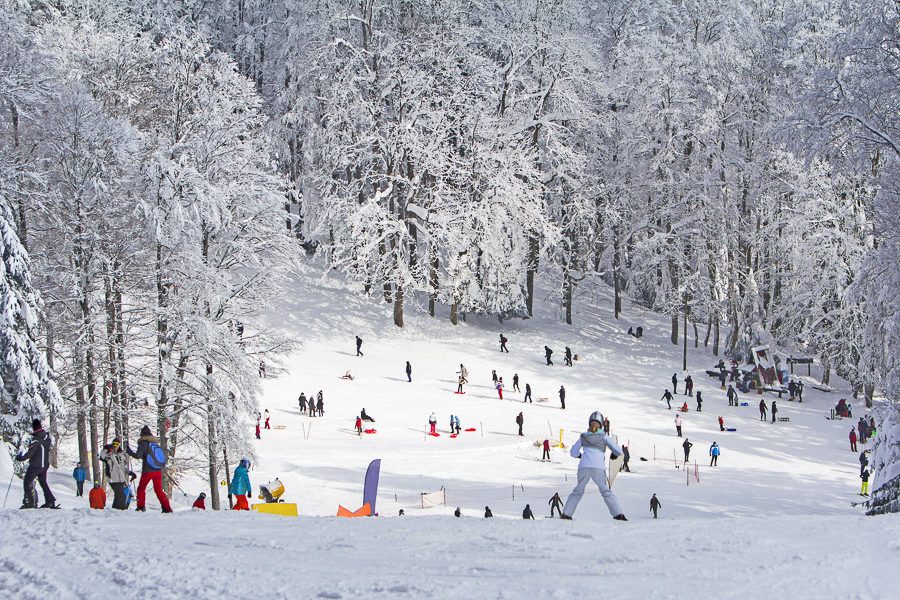
Winter sports fans often flock to Medvednica, a short distance north of Zagreb. The highest peak in the park is Sljeme, and over half of the park is covered in lush, thick forest. There is a winter sports center in the park and can create artificial snow to prolong the ski season.
It’s effortless to reach this park from Zagreb, and once there, you can get around by car, bus, or you can explore on foot, with many mountain walking trails. If you want to stay over for the night, you’ll find mountain huts too.
Nature Park Ucka
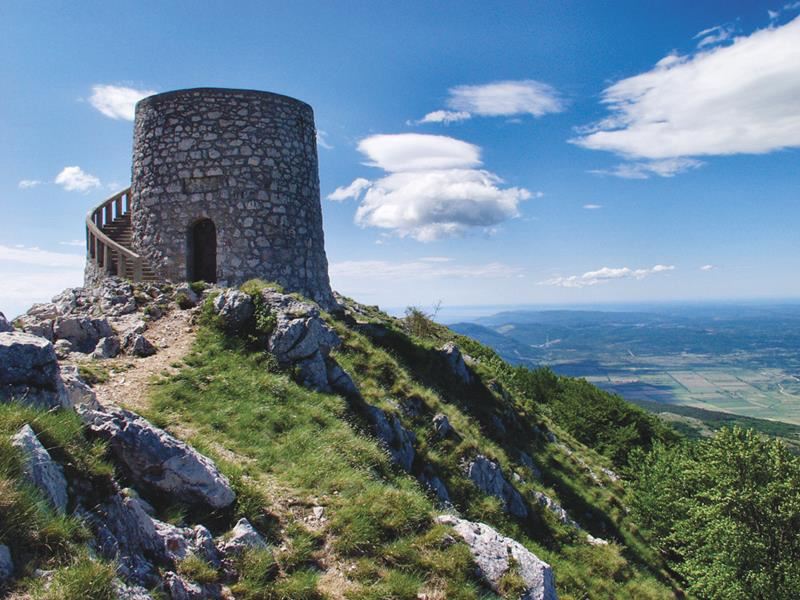
Ucka is a mountain range that overlooks Croatia’s famous Istrian region and is located in the country’s northwestern portion. Ucka has numerous cycle and hiking trails that traverse the mountain and, because of its accessibility, is quite a popular nature park.
Ucka’s highest peak is Vojak, which is 1396 meters above sea level. Those who venture to the top will be treated with spectacular panoramic views across Istria and out of Kvarner Bay, the Adriatic islands.
Velebit Nature Park

This is the largest mountain range in the country, but it’s not the highest. The range is part of the Dinaric Alps, and it is easily reached from Zadar, not far from the dramatic Adriatic coastline. The Velebit Mountains have typical karst formation cliffs and are pretty rocky with much less vegetation than most other nature parks.
The most popular areas are Vucjak, the botanical gardens on Zavizan, and the Paklenica National Park.
Vrana Lake Nature Park
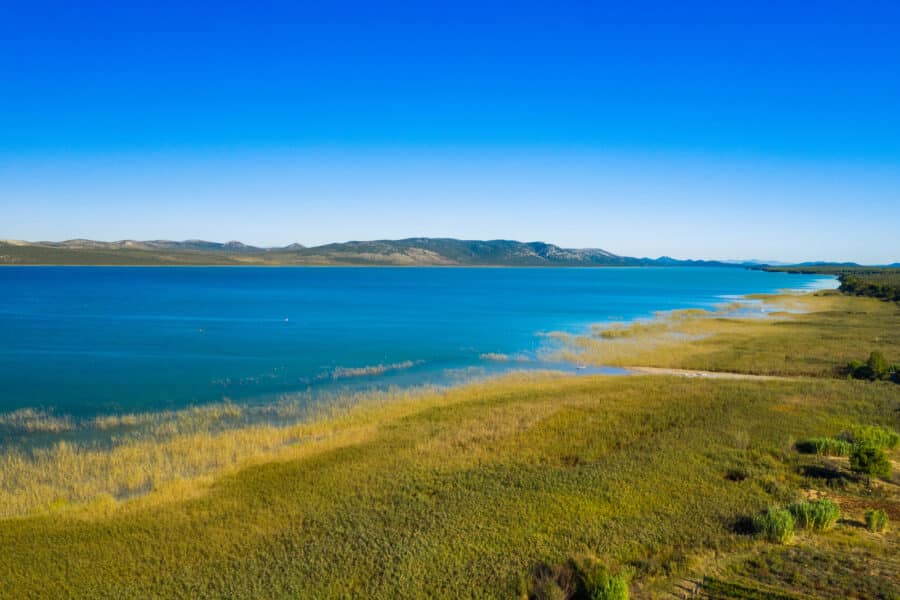
Vrana is Croatia’s largest lake and makes for a great day excursion for nature lovers. Located between Zadar and Šibenik, the lake is 4 meters deep and 11.9 square miles and is an essential wetland for bird species.
Vrana Lake is a popular spot for fishing enthusiasts and those who love to go nature walking. There are marked trails around the lake, which makes for some superb walking. During the summer, it can get a little busy; however, if you head out early, you can avoid the crowds.
Nature Park Lonjsko Polje

Lonjsko Polje is the largest wetland in Croatia with protected status and earned the same title across the entire Danube Basin. The area it covers is enormous, and it is a critical breeding and nesting area for a large number of species of birds.
The park is approximately an hour’s drive from Zagreb and is visited by the Zagreb weekend warriors looking to escape the hustle and bustle of life and check out something calmer and more natural.
Biokovo Nature Park

This is the second-highest range in the country and is located on the Dalmatian Coastline, therefore a very well visited park, with over 1500 plants and animal species.
There are numerous hiking routes, and when the weather is clear, you can even see Italy, specifically the very top of Monte Gargano, which is a huge 157 miles away! If you venture to the highest parts of Biokovo, be prepared as it gets hot up there..
Zumberak-Samoborsko Gorje Nature Park
In the North West of Croatia, heading into southeastern Slovenia, you will find Zumberak-Samoborsko Gorje Nature Park, which is 170 square miles. The park is split into two by the Bregana and Zumberak Rivers, and the highest peaks of the park area on the border, which is where a land dispute is taking place between the two countries.
You will find over 1000 different types of plant species, many of which are protected. Most of the park is covered in thick forest, and you’ll find a huge 377 different mushroom species. The Zumberak-Samoborsko Gorje Nature Park is a popular park for nature walking, so strap on your comfiest walking shoes.
Lastovo Nature Park
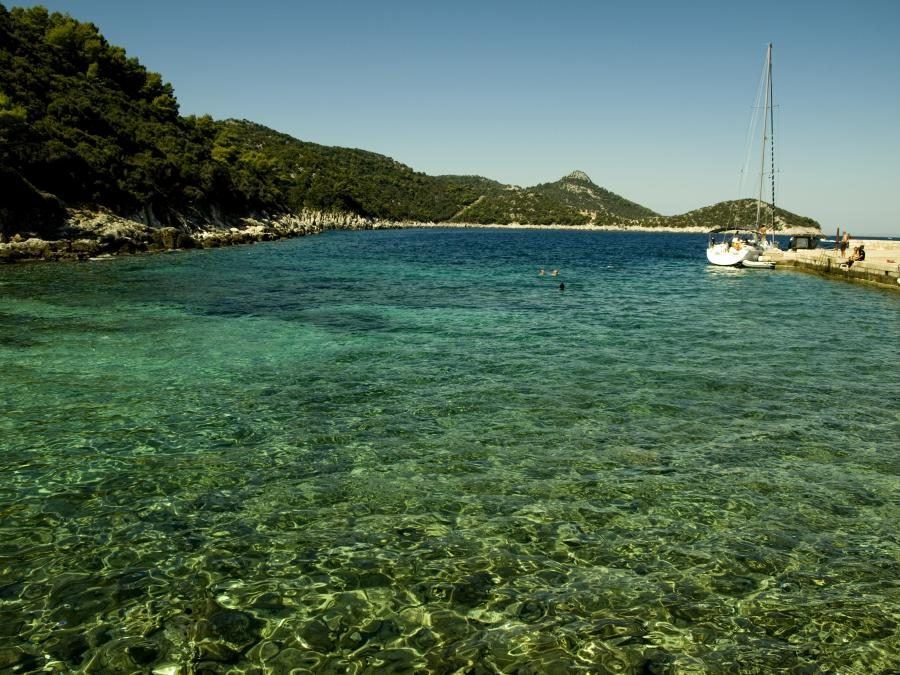
This nature park in Croatia is actually an archipelago of 46 small islands, with a tiny population of people living on the island of Lastovo. The largest island is Lastovo, which is famous for its 15th-century architecture in Venetian style.
This archipelago is pristine and relatively untouched because it is somewhat remote, by Croatian standards. These islands have been protected since 2006 and sit prettily in the glittering Adriatic.
Move This Adventure To Your Inbox & Get An Instant Freebie

No spam. Unsubscribe at any time.
Mount Dinara Nature Park

The most recent addition to Croatia’s official nature park list is Mount Dinara nature park. It is the second-largest in size, after Velebit, and it encompasses mountains along Dinara, Triglav, and Kamešnica (known as the Dinara massif), parts of the Cetina River, and the karst fields of Hrvatačko, Paško, and Vrličko. Also, Sinjal, the highest peak of Croatia at 1831 m, is located in the park.
The enormous stretches of untouched grasslands and forests within this park provide thriving ecosystems to support many large carnivores. The area is also home to various snake species and over 1000 plant varieties.
Those visiting Croatia should undoubtedly check out a nature park or two – visiting a resort and laying by the beach is fantastic. Exploring the local culture and history is really interesting, but…Mother Natures’ jewels are hard to beat, along with sleeping in the great outdoors!


This looks so amazing…It might be even greater to actually go there!!!